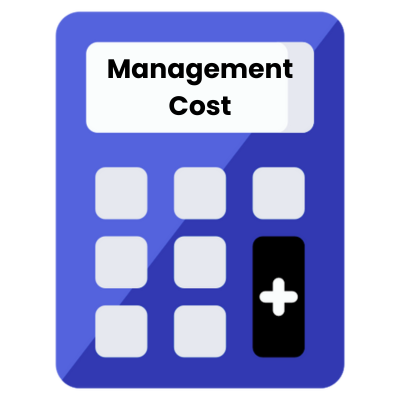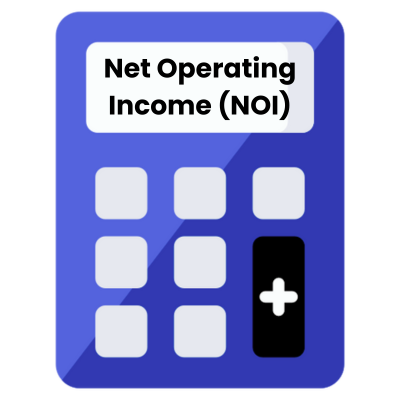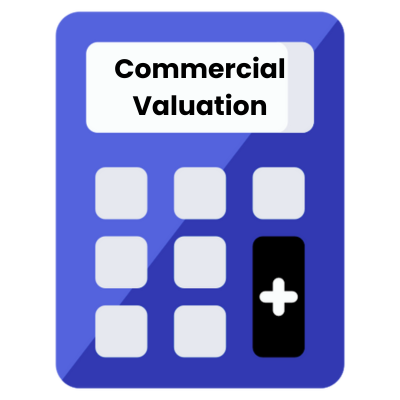Last Updated: April 2024
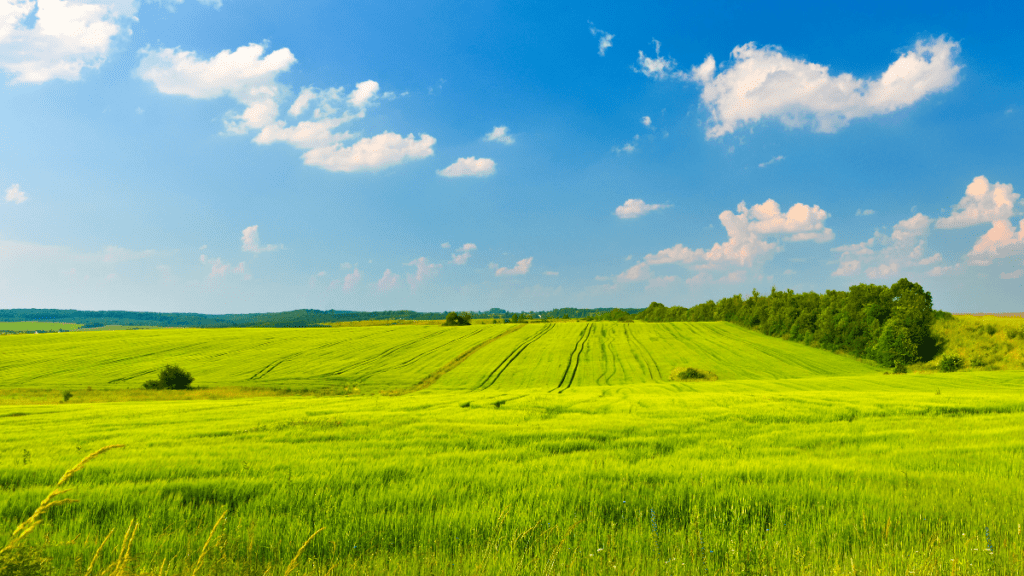
Investing in land involves the acquisition of vacant plots – including agricultural, recreational, commercial, and residential land – with the intent of generating income from individuals or businesses for a variety of uses. Unlike investing in built properties, this approach comes with its unique set of opportunities, such as lower acquisition and maintenance costs, and challenges, including longer holding periods and potential zoning issues.
What is Land Investing?
Land Investing Definition
Land investing refers to the practice of purchasing parcels of land with the intent to earn a profit through its appreciation, lease, or development. Unlike property investments which involve structures, land investing centers solely on the value and potential of the unimproved ground.
Land Investing Explained
Land investing is all about buying pieces of land, often without buildings or structures on them. Investors bet on the land increasing in value over time or its potential use in the future. Some buy land hoping to lease it—for farming, recreation, or even advertising—while others aim to sell it to developers or hold it as a long-term asset.
11 Ways To Invest in Land Real Estate
Direct Raw Land Investing
Directly purchasing raw land as an individual or through a business entity offers full control over the land and potential revenue from its use, rental income, or long term value appreciation.
Land Development
Acquire land with the intention of improving it for residential or commercial purposes. This might include subdividing plots, building infrastructure, or constructing homes or commercial spaces.
Agricultural Land
Investing in farmland and either leasing it to farmers or engaging in agricultural activities directly, can be a lucrative endeavor. Agricultural land is frequently used for growing crops or raising livestock.
Recreational Land
Acquiring land in popular recreational areas, like near lakes, mountains, or deserts. This land can be leased or developed into campgrounds, resorts, or other recreational facilities.
Land Holding Companies
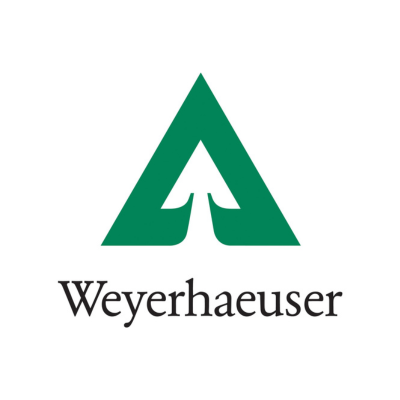

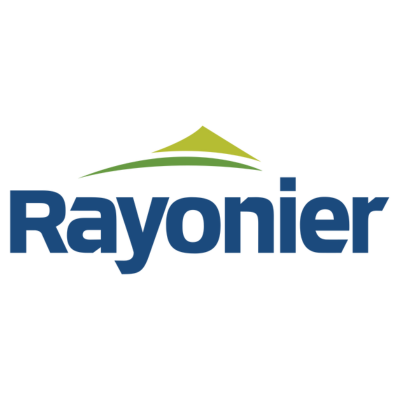



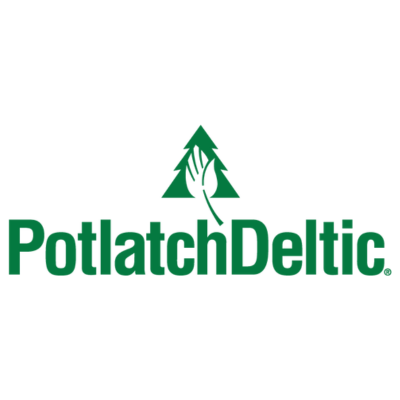

Several large land holding companies have redefined the dynamics of this asset class. Their size and influence not only shape market trends but also impact industry standards and practices nationwide. Investing in them, where possible, can be a great way to gain exposure to this asset class.
Land Banking
The practice of acquiring land well before any development plans are in place, holding onto it, and selling it once it appreciates in value, often due to nearby development or growth in the area.
Land Leasing
Instead of selling a parcel of land, investors can lease it out for a variety of purposes (as mentioned on this page). This type of rental property investing can include wind farms, cell towers, or billboard advertising.
Speculative Investment
Acquiring land based on information or hunches that a certain area will become more valuable in the future, perhaps due to planned infrastructure projects, rezoning, or other potential developments.
Mineral Rights Investing
Purchasing land with valuable minerals beneath the surface, then either mining them directly or leasing the rights to a mining company. This method requires a strong understanding of local environmental laws.
Timberland Investing
Timberland investing involves purchasing forested land to manage and harvest timber. Investors earn from the sale of timber while potentially benefiting from land appreciation.
Land Stocks
Investing in shares of publicly traded companies, often REITs or even Real Estate ETFs, that focus on acquiring, managing, and selling land. Many of these stocks pay a dividend and can appreciate in share value over time.
How to Buy Land
Buying land is a unique real estate endeavor that is often simpler when compared to purchasing developed properties. Thoroughly understanding the land purchase process is essential to increasing the likelihood of a profitable investment.
Land Purchase Process
- Self Assessment & Investment Objectives: Begin your land-buying journey by clarifying your investment goals, assessing your rental real estate finance knowledge, budget constraints, and intended use for the land.
- Assembling a Real Estate Team: Collaborate with experienced professionals, including realtors or commercial brokers with land sale experience, attorneys, and surveyors, who specialize in land transactions.
- Market and Location Analysis: Research potential areas of interest to gauge market trends, future development prospects, and the land’s intrinsic value.
- Key Features to Look for in Potential Land Investments: Consider attributes such as topography, accessibility, utility availability, and any restrictions that might affect the land’s utility or value.
- Evaluating Financing Options for Acquiring Land: Explore various financing avenues, including traditional loans, seller financing, or specialized land loans, to determine the best fit for your investment.
- Making Offers and Negotiating Purchase Terms: Craft a compelling offer based on market research and negotiate terms that align with your investment objectives. It is usually best to use a realtor or commercial broker for this step.
- Due Diligence: Surveys, Zoning, and Environmental Assessments – Before finalizing the purchase, conduct thorough checks on the land’s boundaries, permissible uses, and any potential environmental concerns.
- Finalizing the Land Purchase (Closing): With due diligence completed, finalize your transaction, ensuring all paperwork is in order and legal requirements are met.
Top Land Investing Tools
The #1 Rental Property Newsletter
Once a month, we send out an exclusive Rental Property Market Update with top stories, current mortgage rates, building products, and more. No spam and unsubscribe anytime.


Land Investing Calulators
Pros and Cons of Investing in Land
Land can be a fantastic addition to your investment portfolio – after all, they’re not making more of it. Well, outside of certain volcanic hotspots. However, like any investment avenue, there are many things to consider when thinking about investing in land. Here are a few Pros and Cons of investing in land to consider before making your decision.
Pros of Investing in Land
- Physical Asset – Land is a physical asset you can touch and feel, unlike stocks and other intangible investments.
- Limited Resource – Land is a limited resource, so there is a high likelihood for appreciation in value over time.
- Many Uses – You can use the land for personal use, rent it out, or develop and sell it for a profit.
Cons of Investing in Land
- Upfront Costs – The initial investment can be expensive, depending on the location and size of the piece of land.
- Difficult Selling – It can be challenging to find a buyer when you’re ready to sell, and the sale process can be lengthy.
- Limited Income – Unless you successfully rent it out, most land investments do not generate routine income.
Search Rental Real Estate
Try searching out site for hundreds of rental property topics ranging from property management, investor tool reviews, investment research, and more.
Land vs Other Real Estate Asset Classes
While land is a foundational asset in the real estate realm, its investment dynamics vary distinctly from developed rental asset classes. Comparing land to other popular rental real estate asset classes can shed light on their unique characteristics, potential returns, and management nuances.
| Criteria | Land | Commercial Real Estate | Parking Properties | Self Storage |
|---|---|---|---|---|
| Scale of Investment | Typically lower upfront costs than developed assets. | Typically lower upfront costs than developed assets. | Moderate to high, depending on location and size. | Moderate investment for start-ups or purchasing existing facilities. |
| Management Intensity | Low; no tenants or structures to manage. | Moderate to high; involves tenant management and property upkeep. | Moderate; involves space leasing and potentially security. | Moderate; involves renting out units and maintaining security. |
| Liquidity | Generally less liquid due to fewer immediate use-cases. | Moderately liquid depending on market conditions. | Relatively liquid, especially in high-demand areas. | Increasing liquidity as the industry grows and becomes more recognized. |
| Risk Profile | Increasing liquidity as the industry grows and becomes more recognized. | Moderate to high risk, depending on tenant stability and market fluctuations. | Moderate risk; depends on location and demand. | Low to moderate risk, given steady demand for storage. |
| Potential ROI | ROI contingent on appreciation and development potential. | High potential ROI, especially with prime tenants and locations. | Steady ROI due to consistent demand in populated areas. | Consistent ROI, with growing demand for storage space. |
| Tenant Duration | N/A (unless land is leased for specific purposes). | Typically longer leases (e.g., 5-10 years). | Short-term, daily to monthly leases. | Typically month-to-month leases. |
| Market Sensitivity | Sensitive to broad market trends, zoning changes, and development in surrounding areas. | Sensitive to economic cycles, industry-specific trends. | Sensitive to urban development and transportation trends. | Relatively stable; sensitive to overall economic health and housing transitions. |
More Real Estate Investing Asset Types
About the Author


Ryan Nelson
I’m an investor, real estate developer, and property manager with hands-on experience in all types of real estate from single family homes up to hundreds of thousands of square feet of commercial real estate. RentalRealEstate is my mission to create the ultimate real estate investor platform for expert resources, reviews and tools. Learn more about my story.
Disclaimer: The information provided on this website does not, and is not intended to, constitute legal and/or financial advice. As such, all information, content, and materials available on this site are for general informational purposes only. Please review our Editorial Standards for more info.





